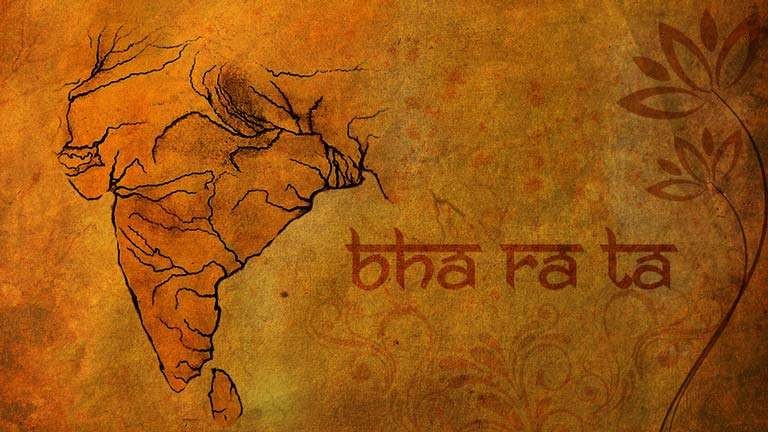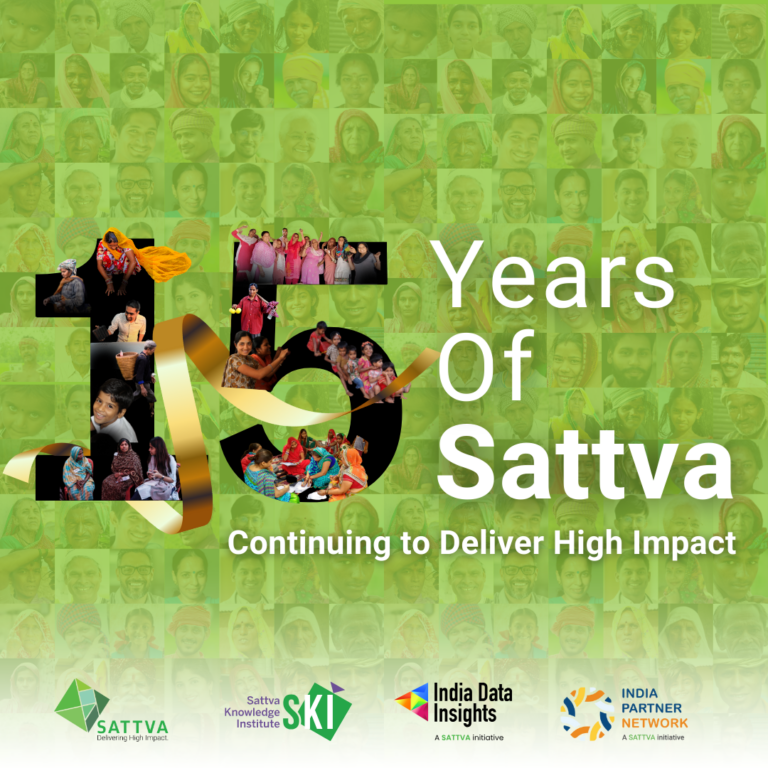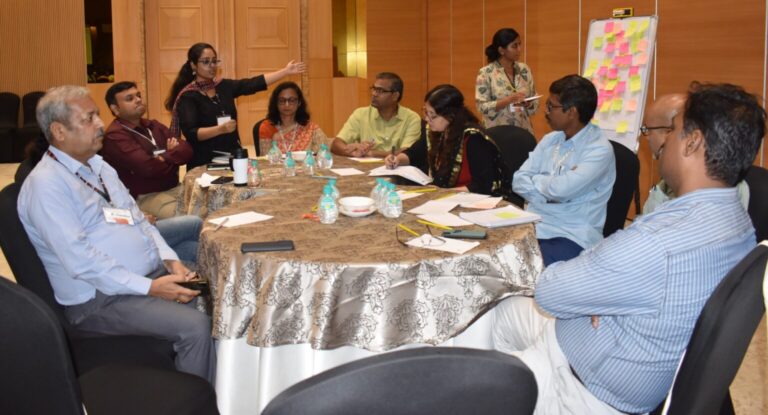7000 leaders Network:
Why we need distributed leaders that represent the whole of India
– by Rathish Balakrishnan
One of the key drivers for increased innovation and energy in the social impact ecosystem over the last few years has been the inflow of diverse talent into to the ecosystem. From the emergence of multiple fellowships to increased inflow of crossover talent, there are diverse skills and capabilities in a room full of people looking to solve a problem. I am part of an engagement where the core team meeting every week is an Ex-CEO of an FMCG company, an ex-Director of a Big 4 Consulting firm, an ex-Engineering Director from Google, A healthtech specialist supported by an legal expert and a former technology entrepreneur.
However, despite the diversity there is a sameness that is emerging across the ecosystem – A large share of emerging leadership talent is technocratic talent from the metros. For the civil society to meet all of our ambitious goals, a network of distributed leaders who are financially savvy, politically aware and impact aligned is critical.
So, what is the problem?
While it is simplistic to classify a large mass of talent, my experiences with emerging social leaders from the urban ecosystem confirm a few trends that are true for a large number of us: Firstly, many of us not only speak but also think in English. Our conception of the solutions is built on a vocabulary we have acquired from what we have read in English, which is largely a western thought of social change. Secondly, we lack a deep understanding of what Indian Society truly stands for. We have a sanitised view of the world that is true for our urban social circles but don’t understand how caste, community, faith and social structures define how society functions. Thirdly, we rarely understand the cultural and differences between, say, Bihar and Tamil Nadu. Our understanding of political and social dynamics at the grassroots are mostly hearsay. we consciously place the local context as secondary variables in our model.
Finally, not only do we not have these skills, we don’t even know what we don’t know. Hence we don’t hire for this talent at the leadership level often delegating these capabilities to field staff or at best managers. So, for every problem – From Property rights to Agency of women – our solutions follow a similar engineering mindset.
What is the consequence?
Today, this is not the problem of a leader but of the social impact ecosystem. There is a loud signalling for technocratic urban leaders. Events and networking opportunities are optimised for the metros. Enabling ecosystem of entrepreneurial talent – Be it Funders, Incubators, Accelerators, Consultants, Event circuits – are also from the urban metro ecosystem creating intellectual frameworks that reinforce the technocratic mindset. And ironically, those that speak of more focus beyond the metros (myself included) are from metros. All of which results in two critical challenges.
Firstly, due to our focus on technocratic solutions, we are creating suboptimal solutions for solving complex social problems. Complex social problems require solutions that combine engineering skills (for scale) with a deep understanding of the social and political realities (for impact). The absence of a critical set of skills result in scalable solutions with middling impact. To quote Clay Christiansen, what we are creating are “one size fits none” solutions. Secondly, given our urban bias, we are creating a vicious circle that will shrink funding in low capacity states. Our bias for urban technocratic solutions limits fund flows for leaders and organisations that don’t fit that mould especially in the low capacity states. As I had written previously, this creates the vicious loop of further shrinking talent pool in these states since promising entrepreneurs find it hard to raise money from these locations.
What do we need?
A simple and effective, but not necessarily sufficient, solution seems to build a cadre of leadership beyond the metros. Think of a 100+ strong annual fellowship of young leaders from beyond the metros. But while that might promote diversity, it will suffer from two challenges – Firstly, if those running the fellowship continue to bring in a technocratic focus, we will only naturalise the entrepreneurs across the country to fit into the current mould. Secondly, we will force the entrepreneurs to swim against the tide of technocratic solutions without changing how capital flows and the enabling ecosystem is structured.
Hence, the solution is not just to create the entrepreneurs but to take a more holistic view of solving this challenge across five different levels:
1. Knowledge: Invest in creating innovation and impact models that build into them the cultural, social and political context of India. Models that go beyond economic theories of incentives to integrate the indic mindset of thinking, social norms and connections and political motivations at different levels. This is not non-existent knowledge – Practitioners working with craft communities, community groups have long built these models. There are researchers that have studied and documented these models over time.
2. Network: This change is not going to be driven by one donor, one organisation or ten entrepreneurs. This is a network of funders, entrepreneurs, academia, researchers and enabling ecosystem that needs to come together. We need voices and perspectives that cut across the different states in the country so that it is not an echo chamber of a certain version of India but is truly building on the diversity of the country.
3. Confluence: Breakthrough solutions are at the intersection of three key capabilities coming together – Strong sectoral and functional skills (E.g. technology, design), Deep understanding of India and its ground reality and a strong social capital across specific states, districts and communities. Can we find ways to get diverse stakeholders to meet and design solutions that bring these skills together? In the absence of a common vocabulary, this is easier said than done. But given the opportunity for impact, this is definitely worth trying.
4. Funding: All of this talk will remain just talk until we have funders who are willing to pick up this amorphous idea, challenge their own technocratic beliefs in creating impact and are willing to commit to a long-term process of “priming the pump” of leadership talent from across the country creating Indic solutions that are designed and built to be relevant and successful in India.
5. Narrative: Our narratives today play to the extremes – We are stuck between one that aims to own the “Indian” narrative and make it distinctly unidimensional and exclusive and another that aims to disown any sense of cultural identity, positioning themselves as global citizens without any roots. There is a strong need to find the narrative in between – one that is distinctly Indian and definitely inclusive. A narrative that acknowledges what is truly Indian about us without glorifying it or judging it.
The end game
There are 6612 blocks across 718 districts in India today. Some of our districts could be countries in the rest of the world. And of these 718 districts, there are at least 260 districts that are at high risk due to climate change, 130+ districts who have human development indicators levels at the same level as some of the poorest countries in the world. Can we imagine creating a network of 7000 leaders – at least one for each block – that represent the whole of India – Not just geographically but culturally, socially and politically – and can drive transformative change within their block.
Can we imagine a world where ideas don’t travel from Mumbai and Delhi to local Jharkhand but through a nationwide network of leaders across 7000 blocks talking to each other? It might not be sufficient for us to eradicate poverty in our country – It surely gives us a fighting chance.
——————————————————————-
Rathish Balakrishnan is the Co-founder and Managing Partner at Sattva. Rathish has extensive experience in conceptualising and implementing strategic large-scale solutions in social impact sector. He has contributed significantly at governmental policy level in education and skill development. Rathish has also spent a decade working at SAP across their engineering, product management and corporate strategy divisions. He is a graduate from BITS Pilani.
This piece was originally published on LinkedIn.
Sattva has been working with various nonprofits and social organisations as well as corporate clients to help them define their social impact goals. Our focus is to solve critical problems and find scalable solutions. We assist organisations in formulating their long-term social impact strategy by strategically aligning with business to provide meaningful solutions to social issues.
● Talk to us: impact@sattva.co.in




